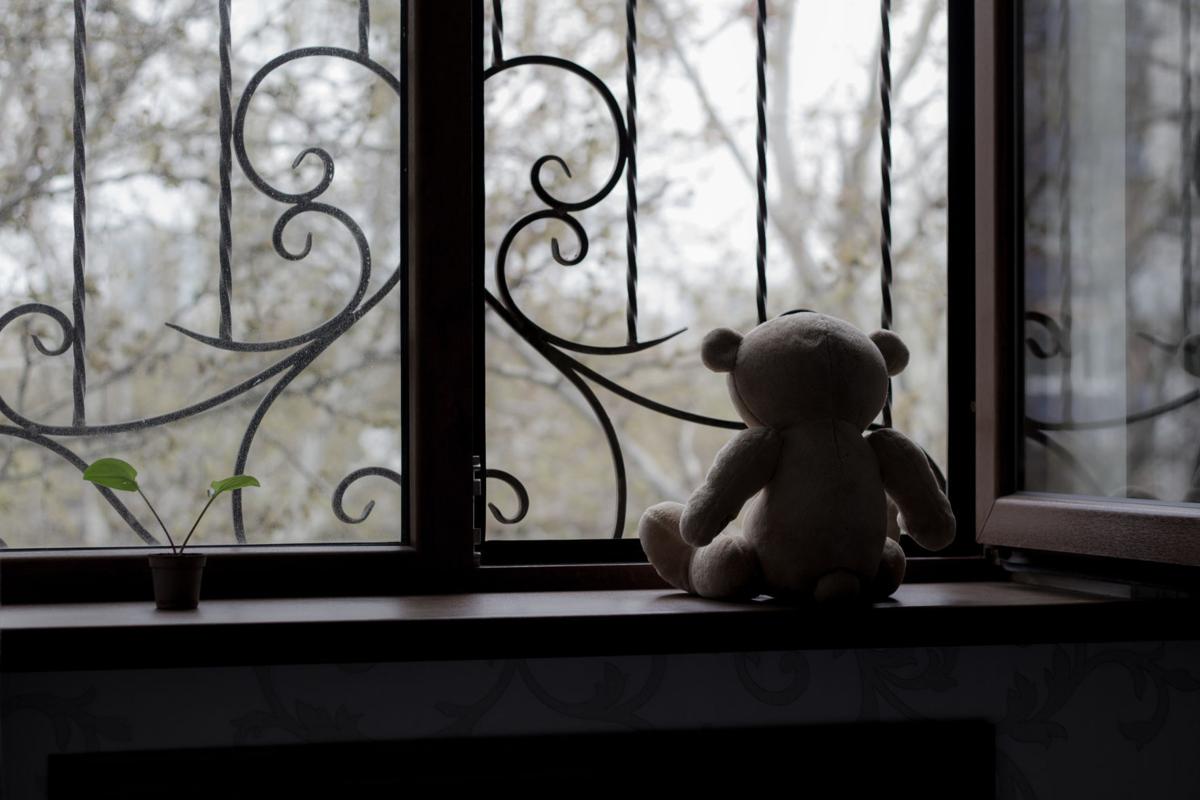Preventable child deaths in Arizona increased in 2015 while the overall number of children who died has decreased, with 301 of the 768 recorded deaths deemed avoidable, a new state report shows.
Suicide and deaths from child abuse and neglect increased substantially in 2015, said Dr. Mary Rimsza, chair of the Arizona Child Fatality Review Program. There were 75 maltreatment deaths in 2014 compared to 87 in 2015. About 80 percent of those deceased children were less than 5 years old.
The majority of those cases involve child neglect, Rimsza said, with adults not adequately supervising their children and leaving them susceptible to fatal accidents. Substance use by the parent or caregiver was the most common preventable factor, and was associated with 61 percent of these deaths.
“It’s always hard to say why,” she said when asked about the increase. “We expect it to go up during the time of a recession, when there’s more stress and less resources for families.”
Seeing the increase here indicates more services are needed for children and their parents, she said. This includes more help with child care, and mental health and substance abuse counseling for parents, she said.
The Arizona Child Fatality Review Program was created to reduce preventable child fatalities by reviewing deaths each year and promoting community-based prevention, education and changes in public policy.
The number of child deaths has increased annually from 3.7 per 100,000 children in 2009 to 5.3 per 100,00 Arizona children in 2015, state data show.
Suicides increased 24 percent last year, from 38 deaths in 2014 to 47 deaths in 2015. There’s been an 81 percent increase in child suicides since 2009, Rimsza said, with factors including drug and alcohol abuse, bullying, behavioral health disorders and access to guns.
“With suicide, it’s much harder for us to get a handle on the underlying causes for the increase,” she said. Access to services and prompt treatment for depression needs to improve, she said.
About 30 percent of the suicide deaths in 2015, which she said occur primarily among ages 15 to 17, were carried out with a firearm, she said. Often, children in those cases had access to their parents’ guns, she said.
One of the most preventable causes of child death is suffocation, which killed 52 Arizona infants in 2015, Rimsza said. One critical way to prevent suffocation is to avoid having infants bed-share with their parents or caregivers.
“Use appropriate places for the child to sleep,” she said. Cribs should be free of extra bumpers, toys and blankets that could smother a sleeping infant.
The American Academy of Pediatrics recommends babies be placed on their backs on a firm sleep surface and that parents focus on room-sharing but not bed-sharing. Soft bedding and overheating also need to be avoided.
Of the 52 babies that died of suffocation, 36 died while sharing a bed with an adult or other children. Unsafe sleep environments overall, including putting a child on an adult bed or a couch, accounted for 74 out of 78, or 95 percent, of the sudden and unexpected infant deaths statewide in 2015.
Among the report’s other key findings:
- Firearm fatalities increased from 25 deaths in 2014 to 28 deaths in 2015. In 43 percent of the deaths, the firearm owner was the child’s parent, and 17 of these firearm-related deaths were the result of suicide. Handguns accounted for 64 percent of the firearm-related fatalities.
- Drowning deaths decreased slightly, from 31 deaths in 2014 to 30 deaths in 2015, accounting for 4 percent of all child deaths. In 50 percent of the cases, lack of supervision was the key element, with substance use a factor in 33 percent of the deaths.
- Motor vehicle crashes and other transportation-related deaths decreased from 57 deaths in 2014 to 50 deaths in 2015, but still accounted for 7 percent of all child deaths in 2015. The highest number of transportation-related deaths was due to the child not being properly restrained, with additional preventable risk factors including speeding, reckless driving, driver inexperience, distracted driving and substance use.
Car seat laws and teenage driving laws have significantly decreased the number of child deaths in automobiles, Rimsza said.
“But we still have to deal with the issues of texting and unsafe driving,” she said.





